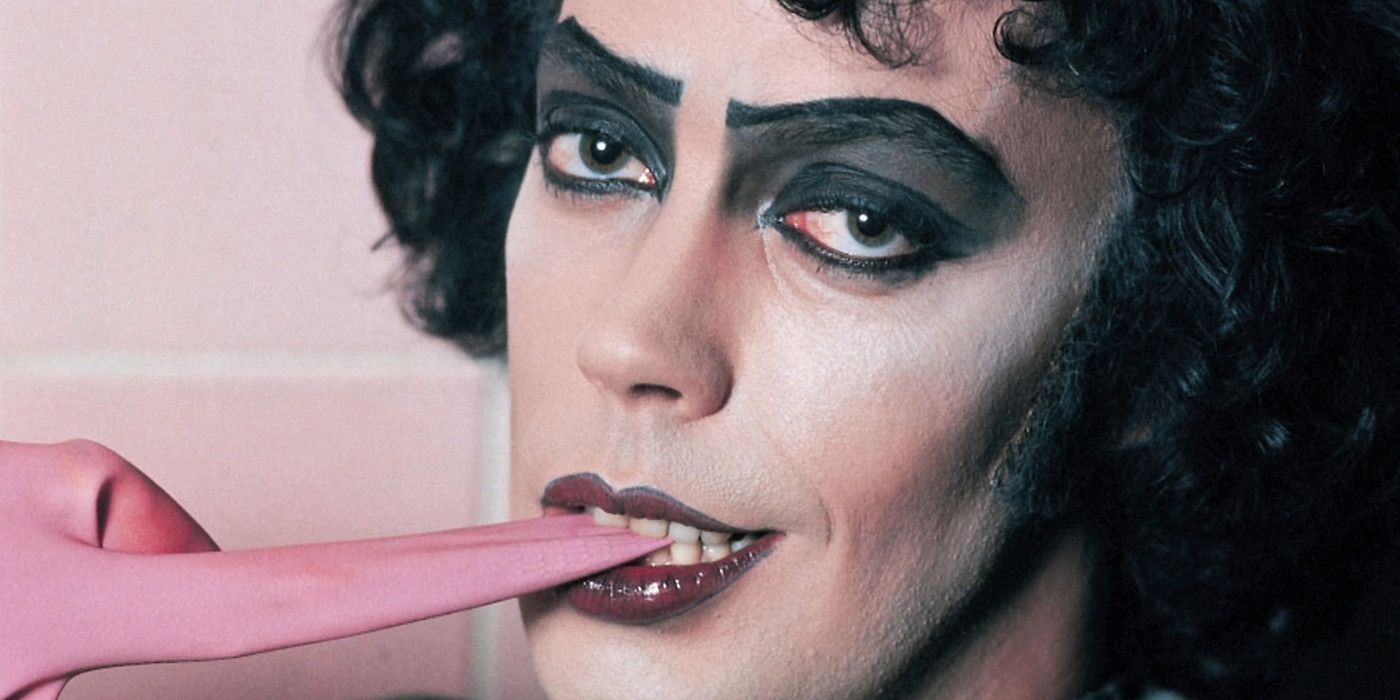
Roger Ebert once wrote that The Rocky Horror Picture Show was less a movie and more of a "social phenomenon." This is probably the most accurate way to describe the 1975 rock musical, as it just isn't an ordinary film. First released to a less-than-stellar reception, Rocky Horror eventually found long-lasting fame from an unlikely source: audience participation. Its original theatrical run didn't garner much praise, but the film came into its own when theaters began showing it at midnight screenings, now infamous for the almost ritualistic ways the audience dresses, shouts, and flings objects at the screen.
Rocky Horror is a legend of cult cinema-- one of the few movies that has earned that title again and again. The film follows what appears to be a whole married couple, Brad and Janet (Barry Bostwick and Susan Sarandon), as they stay the night at a spooky old mansion owned by Dr. Frank N. Furter (Tim Curry, in the performance that rocketed him to stardom). What ensues is a celebration of kitsch, camp, horror, and science fiction cinema, a musical that makes very little logical sense but is a ton of fun.
Naturally, a film like that has to have a riveting story behind the scenes. Written by Richard O'Brien and directed by Jim Sharman, The Rocky Horror Picture Show has just as many crazy details behind the camera as in front of it. Those details will be counted down here, and we'll get straight to it, as we can see you tremble with antici...
Pation. This is 20 Crazy Details Behind The Making Of The Rocky Horror Picture Show.
20 It originally had a different title
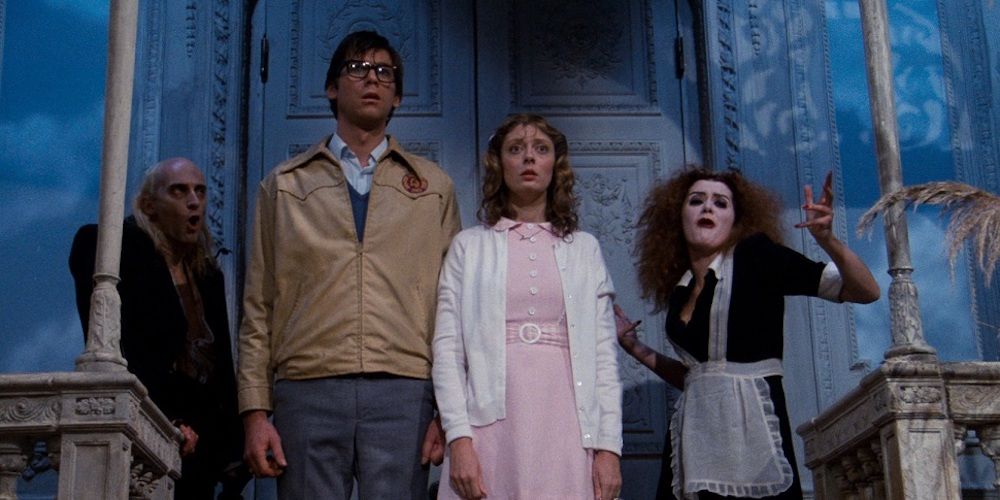
The original stage version of the movie had a whirlwind creative process, with Richard O'Brien whipping up the show with his artist and actor friends fairly quickly. As it happens, they were originally rehearsing the show under a different title.
It was called They Came From Denton High due to the story being set somewhere near Denton, Texas.
Obviously, that didn't last, but O'Brien and director Jim Sharman didn't change it until the very last minute. Sharman suggested the name change just before previews of the stage show, based on the genres they were spoofing. Thus was "The Rocky Horror Show" born (only the movie had the extra "Picture" in the title, naturally).
19 Brad and Janet were replaced
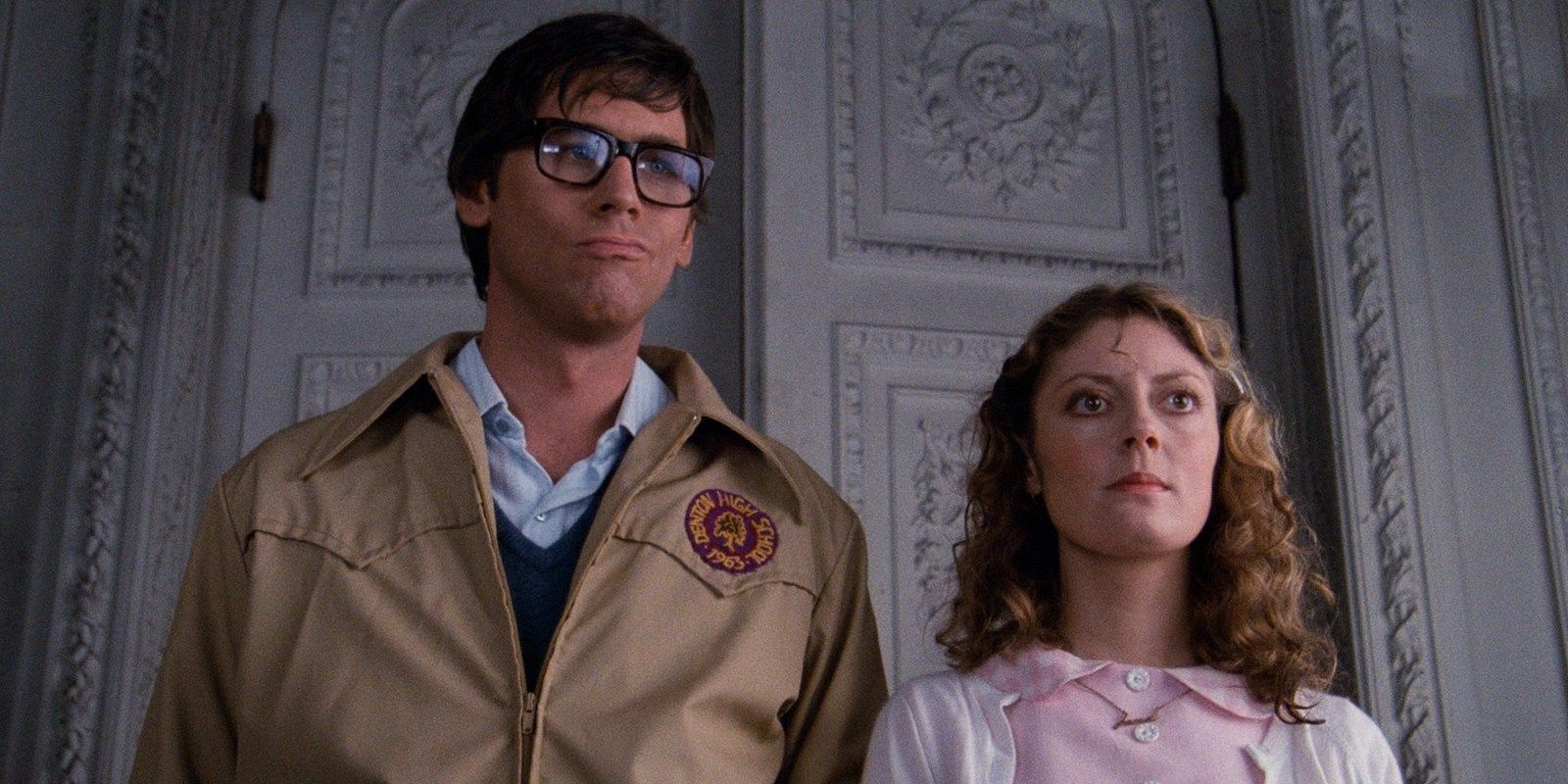
The cast of Rocky Horror is mostly unchanged from the stage show to the movie. Richard O'Brien and Jim Sharman kept their creative team mostly intact, too, so when you're watching the movie it should really feel like you're just seeing a filmed version of the stage show. Well, except for a few roles.
Aside from the high-profile cameo from Meat Loaf and a few other replacements, the protagonists were also switched out.
The original actors for Brad and Janet wanted to reprise their roles, but studio executives at Fox felt they needed two US actors in those parts to help sell the movie. Rocky Horror fans can't complain, as Barry Bostwick and Susan Sarandon did a great job as Brad and Janet, but we feel for those two original actors whose roles were taken from them.
18 The story behind the lips
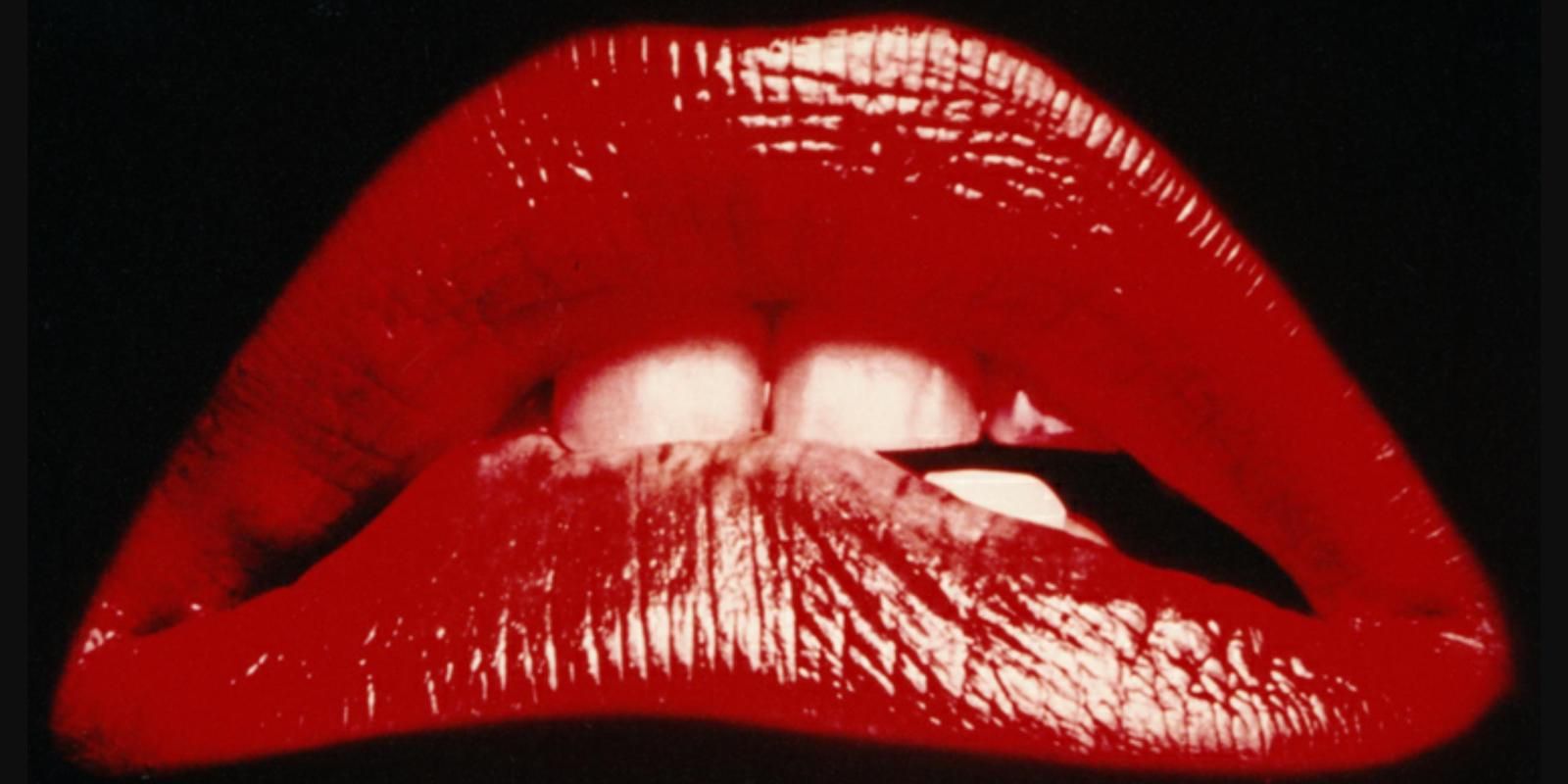
Everyone who has seen The Rocky Horror Picture Show-- not to mention plenty of people who have only seen the poster-- are familiar with the lips that open the film. This iconic image is actually the product of several people working together, rather than just one actress.
The lips that appear in the film are Patricia Quinn's (who also played Magenta), but she's only lip-syncing the song "Science Fiction/Double Feature" even though she did in the stage show. The singer is actually creator Richard O'Brien. And the lips on that famous poster are those of somebody else entirely, former model Lorelei Shark.
17 The costume designer didn't want to do it
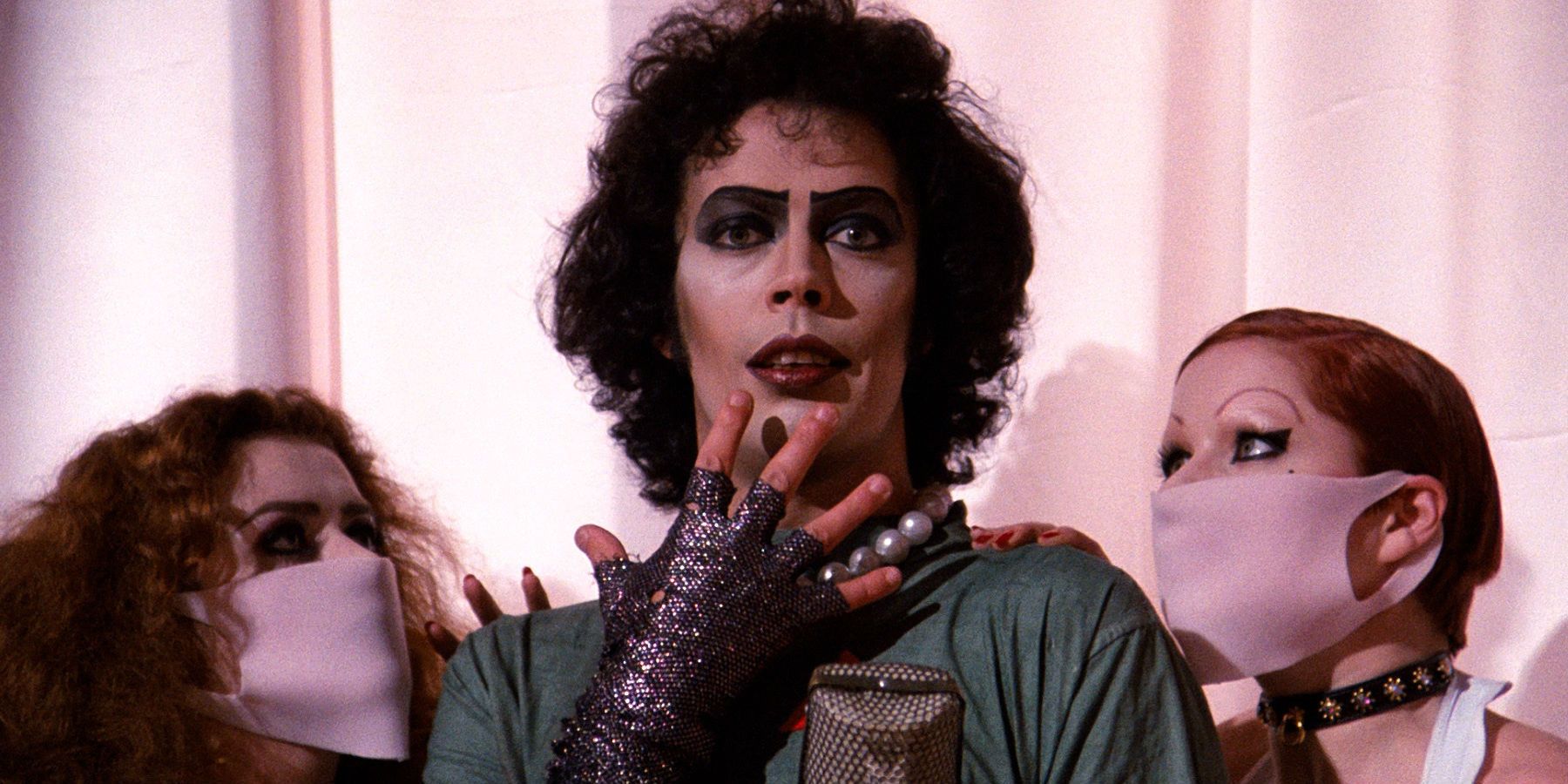
Costume designer Sue Blane is credited with much of The Rocky Horror Picture Show's lasting appeal thanks to her designs that spoofed the traditions of cinema and leaned heavily into camp. The movie wouldn't be the same without her, but it almost had to do just that, as she wasn't interested in the project at first.
In fact, Blane herself says that it took director Jim Sharman meeting with her personally and getting her tipsy before she saw the light. Blane didn't like the idea of doing a silly project for very little money, but when she found out Tim Curry and a bunch of her other favorite colleagues and friends were already committed to the show, she relented. Thank goodness for that.
16 Tim Curry wasn’t new to corsets

Tim Curry has a long and storied career on the stage and screen, and his rise to prominence came largely thanks to The Rocky Horror Picture Show. Given that it was his first hit movie role, people tend to forget that Curry wasn't a complete rookie. Case in point: Curry had actually starred in a similar stage show before originating the role of Frank N. Furter in Rocky Horror's stage incarnation.
Curry had also worn a corset in a production of The Maids.
Costume designer Sue Blane had worked that same production. For Rocky Horror, Blane says she simply asked the theater for the same corset for Curry to wear. Naturally, Blane remarked that Curry took to the corset "like a duck to water."
15 Susan Sarandon's sickness
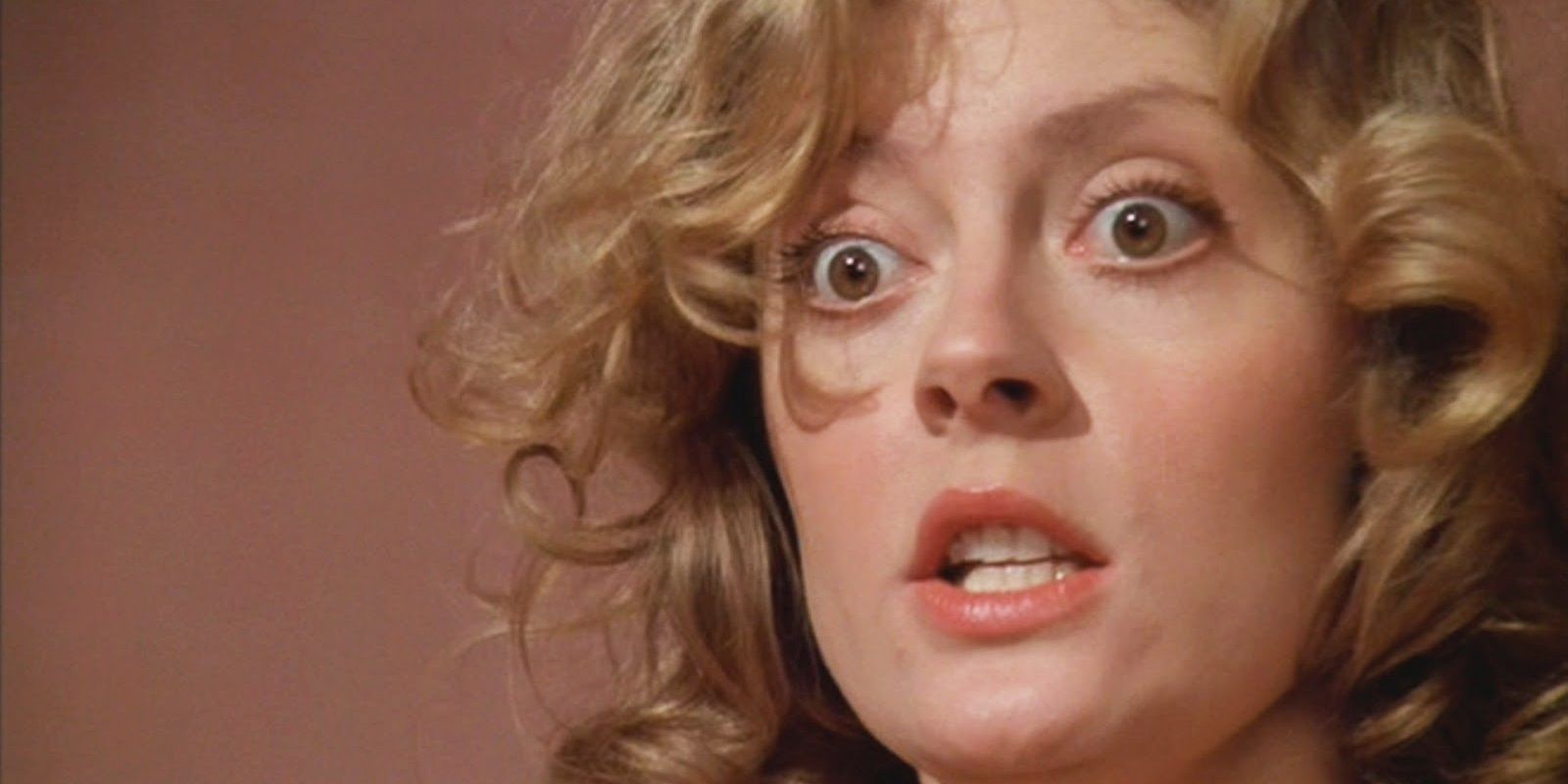
Cinema can be a fickle thing-- while you'd expect film sets to be glamorous affairs, with every possible amenity available to the actors, you would occasionally be very wrong. The Rocky Horror Picture Show was no picnic to make, as the cast and crew had to endure unheated sets while filming scenes in pools.
This might not sound like a big deal, but it was for Susan Sarandon, who fell ill during production. The filmmakers had nothing but kind words for her after her gritty effort to push through with the work, as they mentioned that she was literally "shaking with fever" on set but kept on going in spite of that.
14 Rocky was supposed to talk
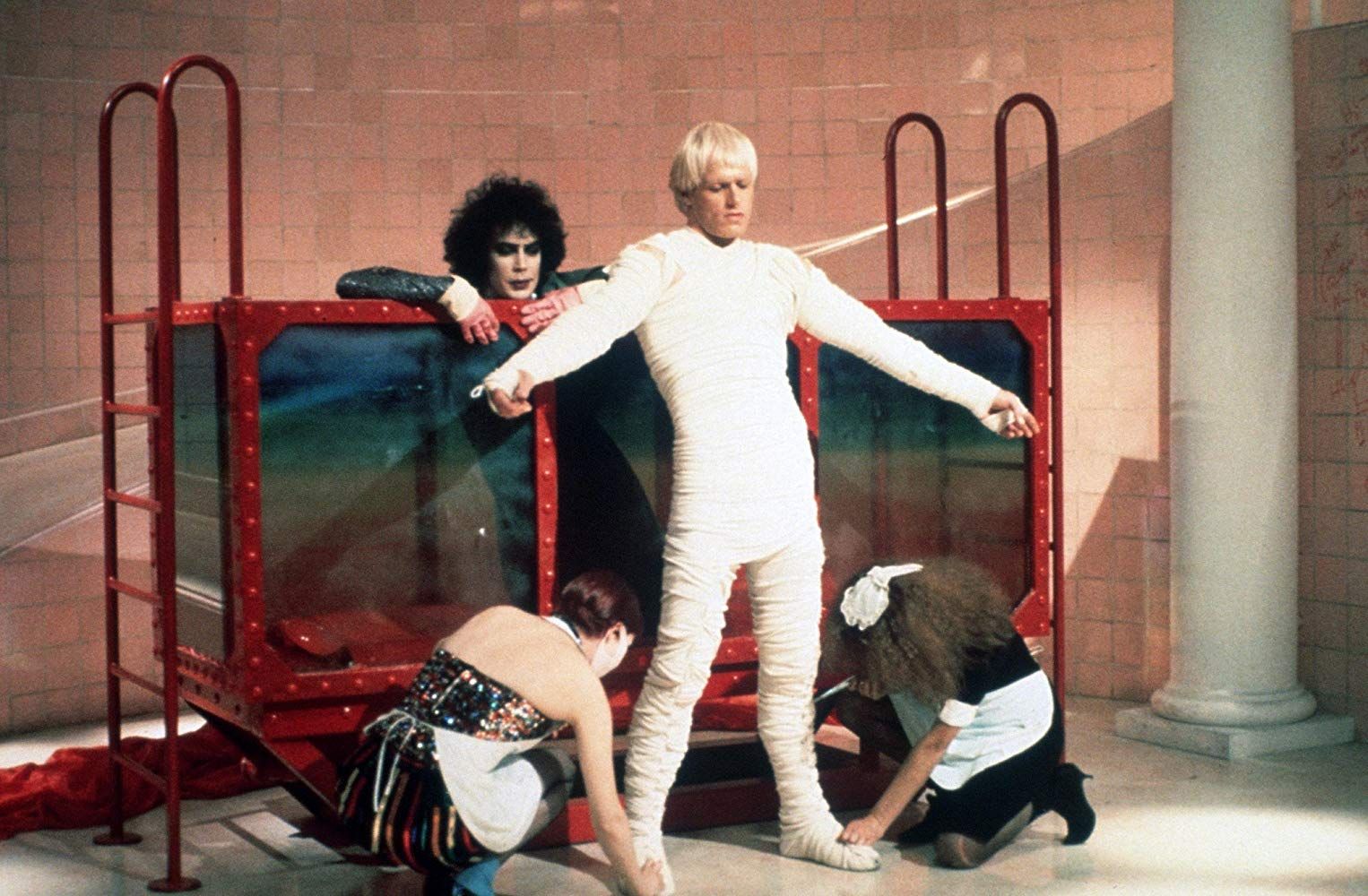
Sometimes you've just gotta improvise when you're making a film. While the creative team behind The Rocky Horror Picture Show might have thought they had the perfect casting when they got Peter Hinwood to play the character of Rocky Horror, they changed their minds when they found out he was a model who had zero acting experience. Rocky Horror originally had dialogue in the film, but after watching Hinwood act, Sharman and O'Brien elected to remove all his speaking parts.
Another singer dubbed over the character's singing parts, so Hinwood's voice never actually shows up in the film.
Clearly, they were in love with his looks, but not the way he sounded.
13 You can book a room where it was filmed
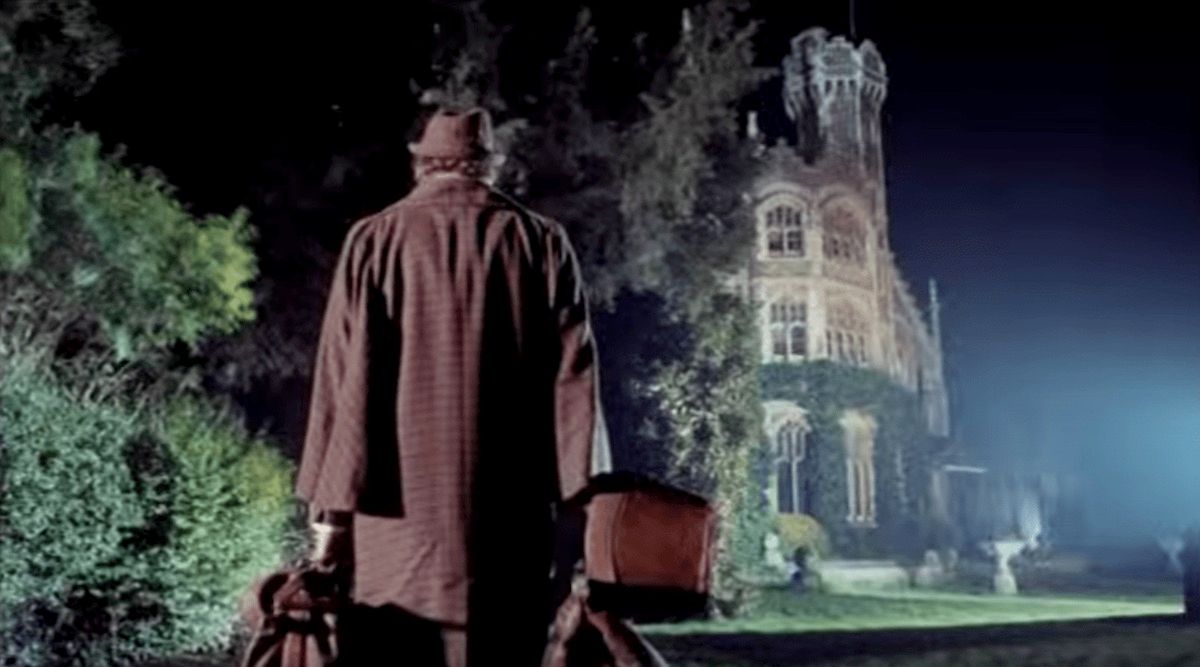
The Rocky Horror Picture Show was filmed at Oakley Court in England, a castle that had been host to several horror films in its past. While it may not have been the most welcoming place for the film crew in 1975 (at the time, it had no heating and few bathrooms), it's doing a better job of that nowadays.
Oakley Court is now a ritzy hotel, allowing guests to stay in the location that was the home to many of their favorite spooky movies from days gone by. Nowadays, of course, the hotel advertises its proximity to LEGOLAND more than it does its connection to film history, but we'd like to think there are still a few Rocky Horror fans who make the trip.
12 The David Bowie connection
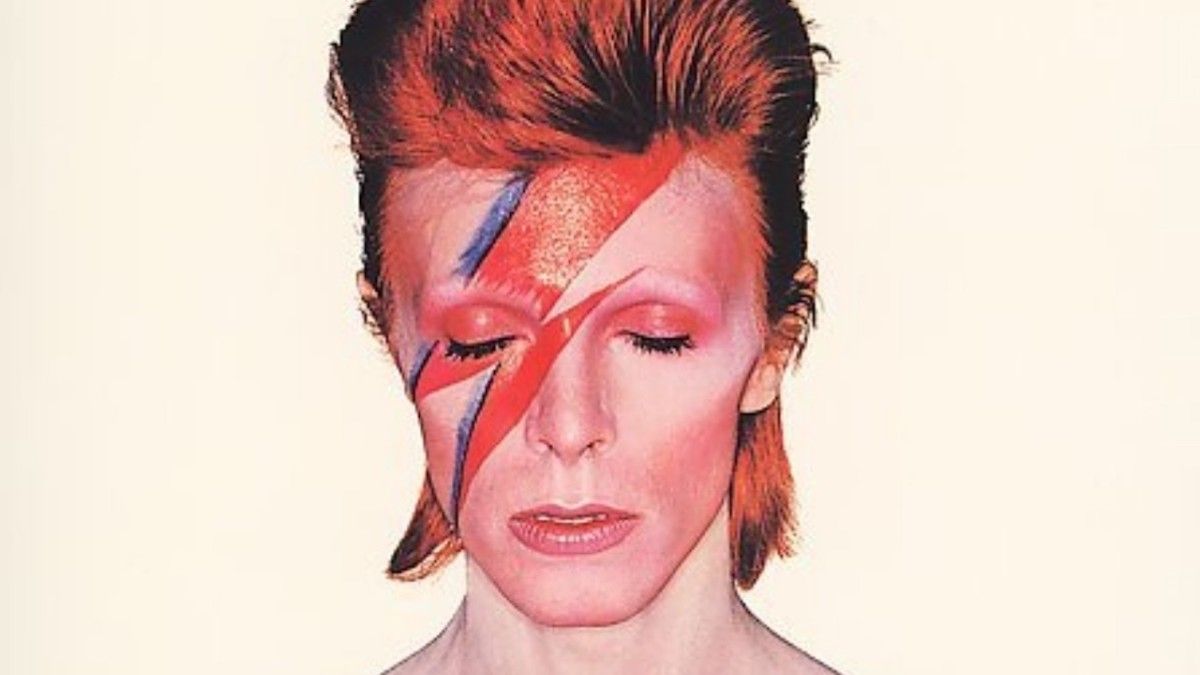
This might seem unrelated to The Rocky Horror Picture Show, but it isn't.
Pierre LaRoche was one of the creative forces behind David Bowie's now-iconic Ziggy Stardust look, but that wasn't the only influential job the makeup artist held.
LaRoche was also the person film producers turned to when they wanted a makeup redesign for the characters in Rocky Horror. While Sue Blane gets the lion's share of the credit for the character designs in the film, we shouldn't forget that it was Pierre LaRoche who actually came up with the makeup designs. Though the make-up is a touch more subtle than costumes, it's still one of the main reasons the visuals of the film are so fun to watch.
11 Meat Loaf didn't actually drive the motorcycle
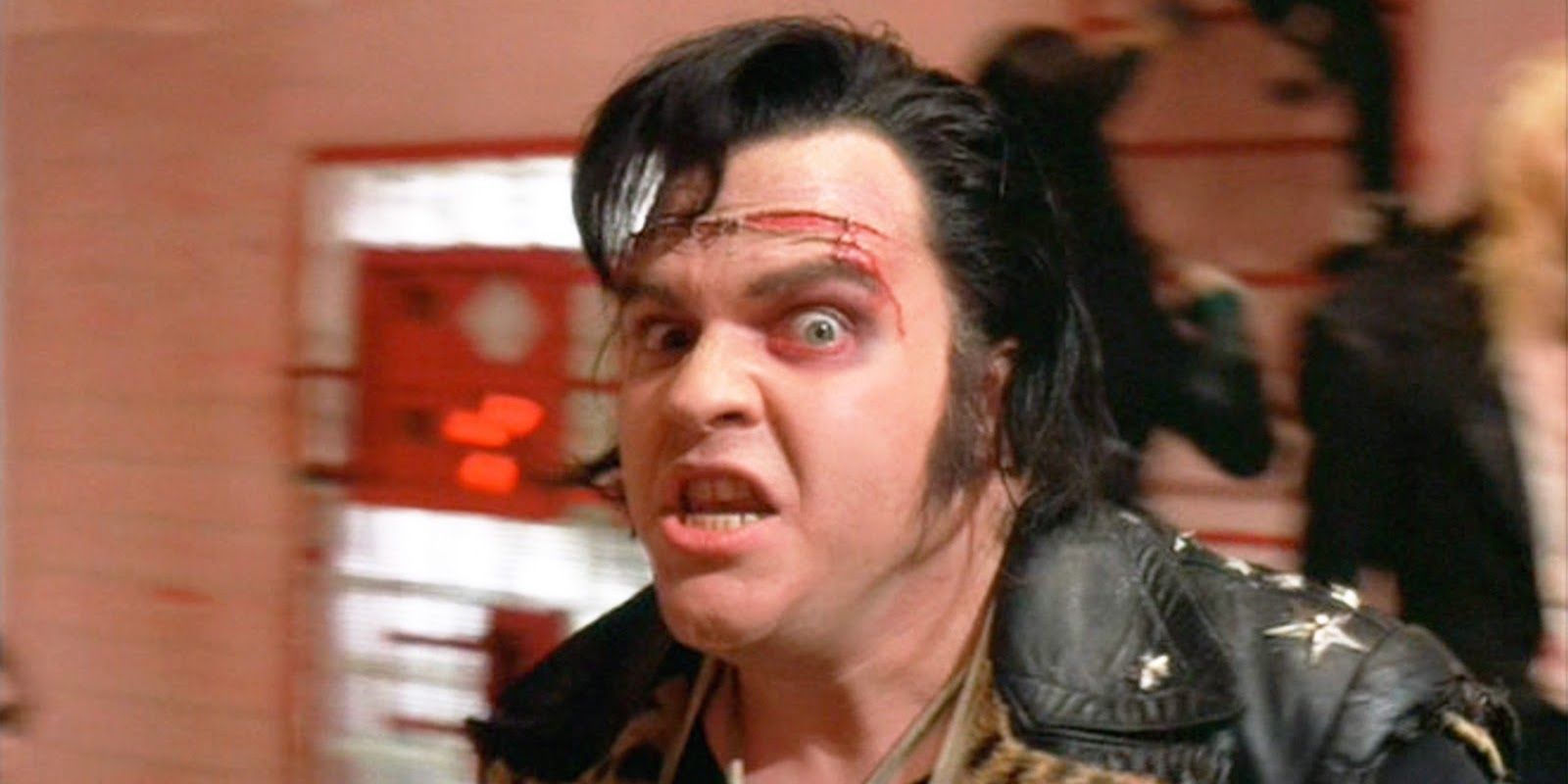
Singer and occasional actor Meat Loaf has a memorable turn in Rocky Horror as Eddie, the delivery boy and partial brain donor to Rocky, who is tragically stabbed by Frank N. Furter. Eddie gets a fun entrance, bursting out of a freezer on a motorcycle, but the problem is that Meat Loaf didn't actually ride that motorcycle. Aside from a few less dangerous wide shots, Meat Loaf left the actual driving to a stunt man as he says he didn't feel comfortable doing anything risky on it.
For the close-up shots that needed to look like Eddie was on the motorcycle, the crew rigged up a wheelchair for Meat Loaf to ride.
That way, safety didn't need to be sacrificed. Or that was the theory, anyway, as the wheelchair didn't turn out to be that safe anyway.
10 The on-set injuries
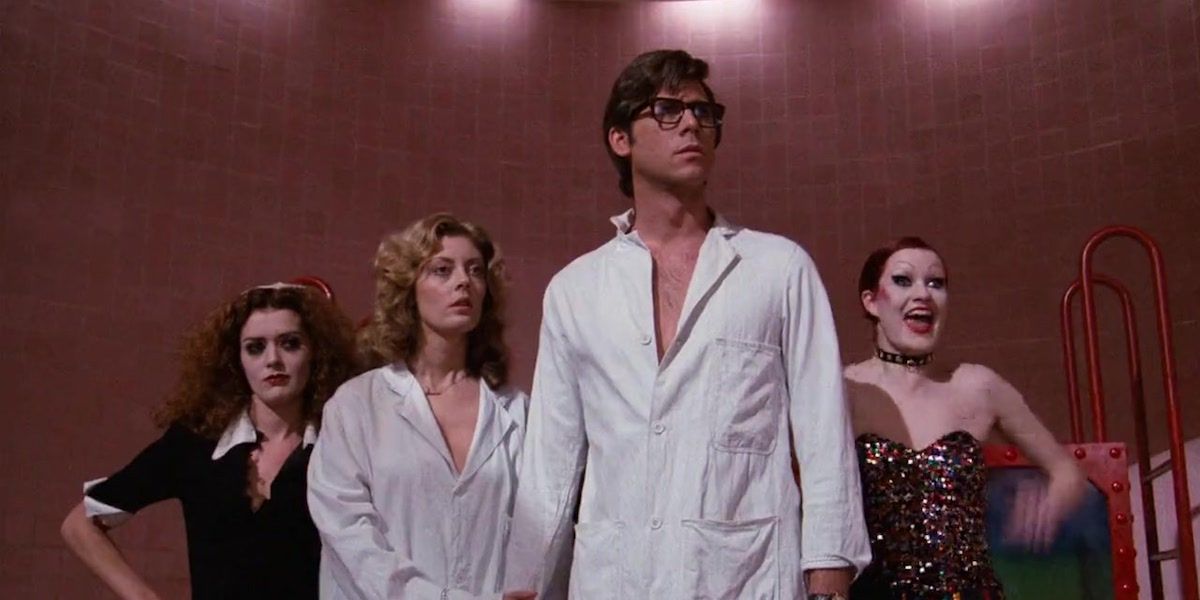
Though it wasn't Jim Sharman's debut feature, The Rocky Horror Picture Show was not a film staffed by the most experienced team. This is perhaps reflected best by the apparently high number of on-set injuries that occurred-- even ignoring the on-set illnesses, including Sarandon's.
In the same interview, Meat Loaf describes an incident that happened while he was sitting in his wheelchair, where it fell off a ramp on the set, shattered a camera, caused a few cuts on Meat Loaf's face and arm, and snapped a stand-in's leg in two. While some efforts were made for safety, injuries ran rampant even with the wheelchair.
9 The skeleton inside the clock was real
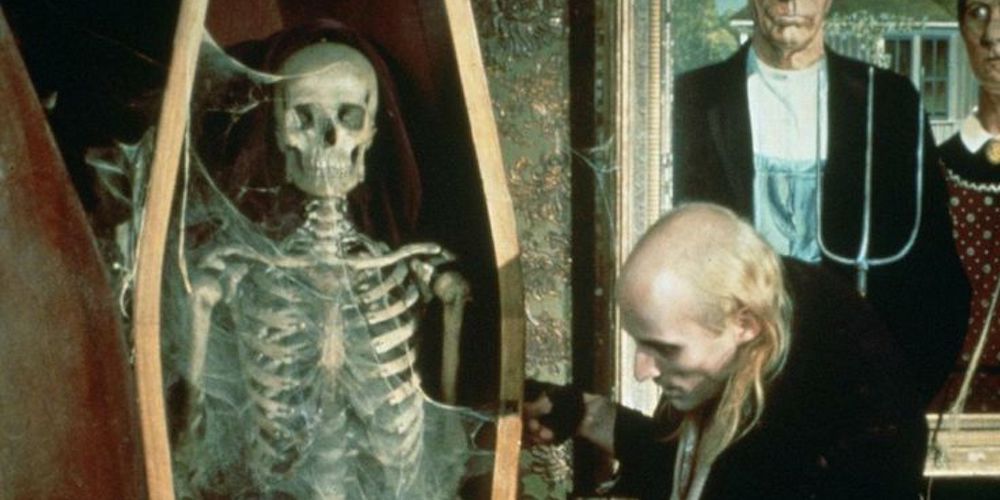
One of the single most famous props in all of Rocky Horror is the skeleton clock; a coffin that has a clock face set on the front. The reveal that there is a skeleton inside the coffin is a fun moment in the movie, but the filmmakers dropped another bombshell in later years: the skeleton inside was real.
The skeleton clock actually lived on past the film.
In 2002, Sotheby's auction house in London sold the clock for an exorbitant sum, 35,000 pounds. Adjusting for inflation, that would be approximately $63,000 today. Even true Rocky Horror fans might balk at that price, if the real human remains inside weren't a turn-off.
8 Steve Martin auditioned for Brad
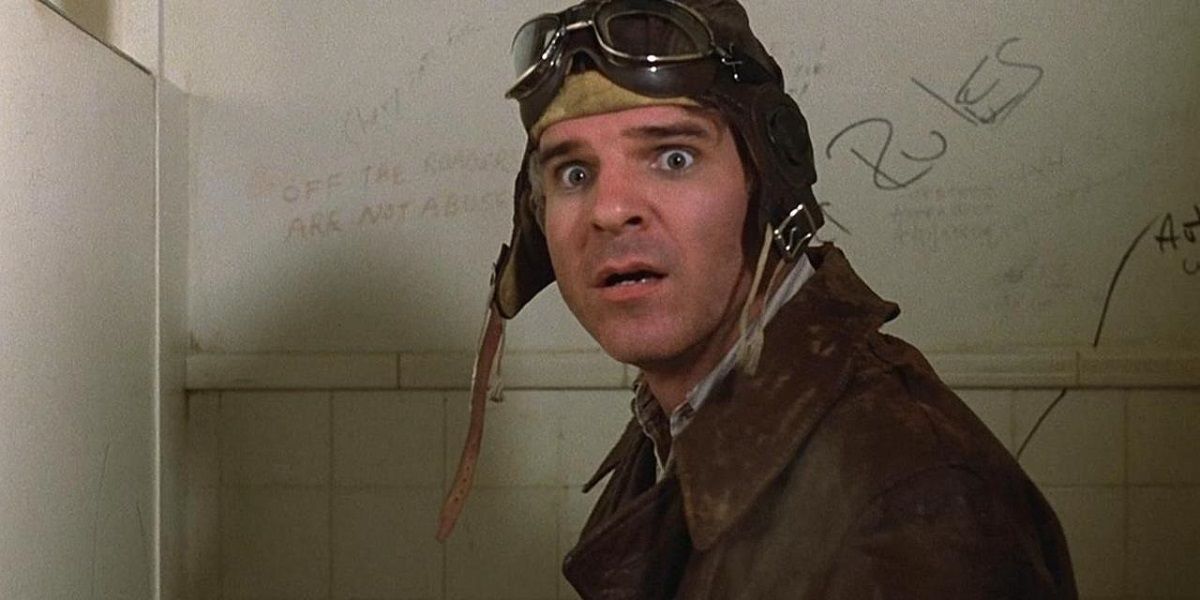
Whatever you think of Barry Bostwick's performance as Brad in The Rocky Horror Picture Show, have you ever considered how different it might have been if another actor had taken on the role? Well, according to rumors and stories even repeated by the likes of Newsday, the role almost went to Steve Martin.
Given that Martin went on to star in a fairly similar movie musical, Little Shop of Horrors, this shouldn't be too big a surprise.
Martin apparently auditioned for the role of Brad, but lost out to Bostwick. Maybe he played the antagonist in Little Shop of Horrors as a way to soothe the hurt of rejection.
7 It got terrible reviews when it first came out
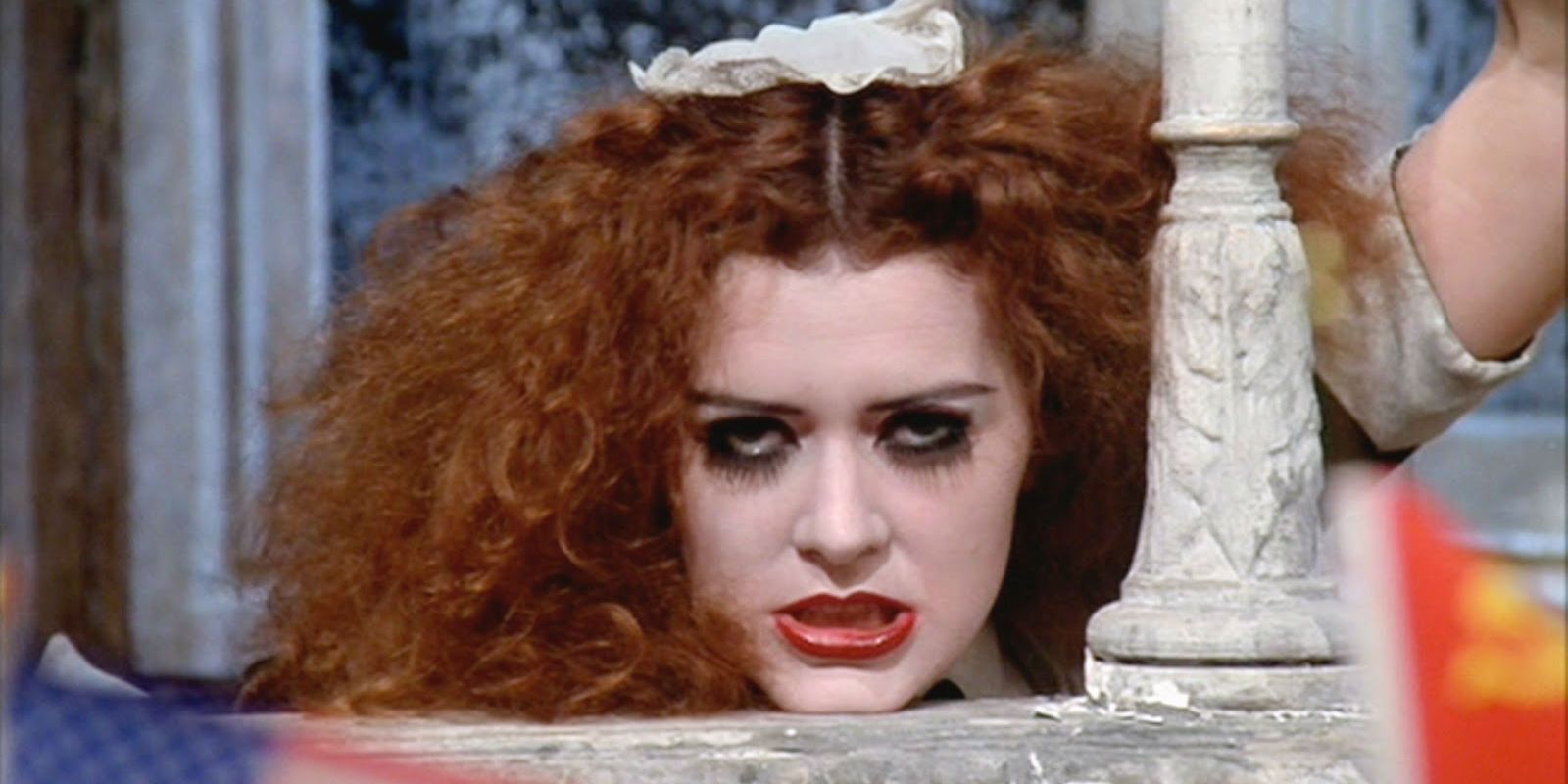
Nowadays, The Rocky Horror Picture Show is viewed as one of the greatest classics of midnight cult cinema, as its popularity has only grown amongst its fans since its release. But to become a cult hit, you usually have to be a theatrical flop, and Rocky Horror was exactly that, both critically and commercially.
Some critics straight-up hated the film when it was first released, and others simply ignored it. Partially because of the counter-culture the film represented and the lack of a conventional plot structure, some seemed offended it even existed. Even today, many critics view the film more as an audience experience than a genuinely good movie.
6 Frank N. Furter's villainous inspiration
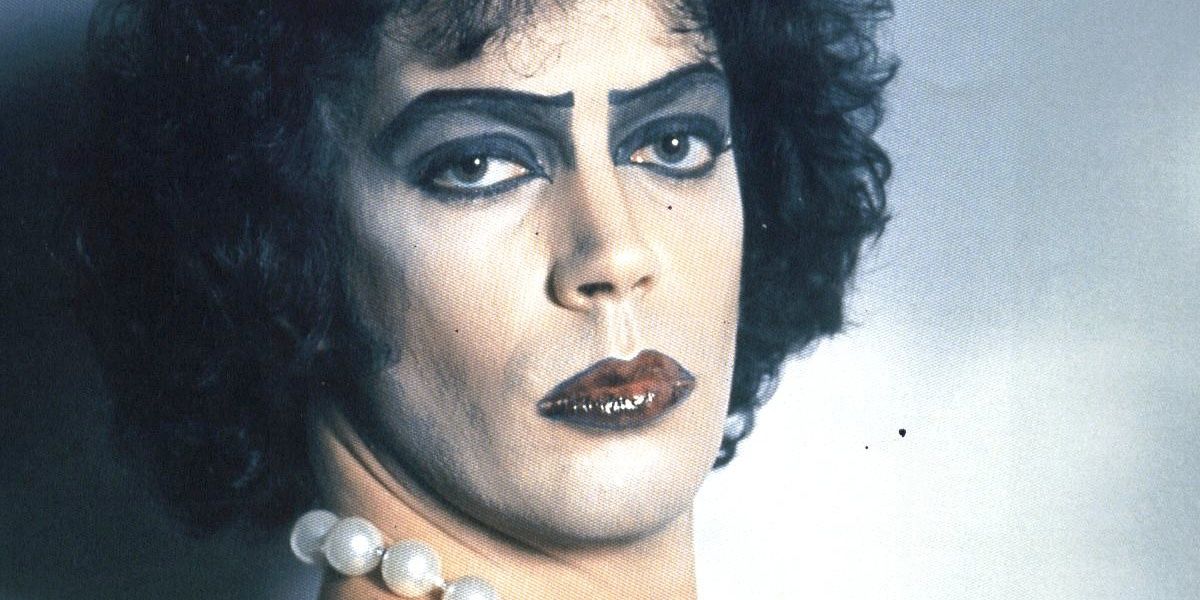
The unquestionable star of The Rocky Horror Picture Show is Dr. Frank N. Furter, the role Tim Curry originated on the London stage and reprised in the film. Even critics who didn't like the film enjoyed Curry's assured and magnetic performance. That makes sense, given all the larger-than-life figures Curry took inspiration from to create the character.
Writer Richard O'Brien describes Frank as a combination of Vlad the Impaler and Cruella De Vil, which makes a lot of sense, but Curry didn't stop there. On top of those villainous ancestors, he added a posh accent, said to be modeled on both Elizabeth II and Curry's own mother. That's one doozy of a mixture for the role, and obviously it worked to perfection.
5 It was a stage show first
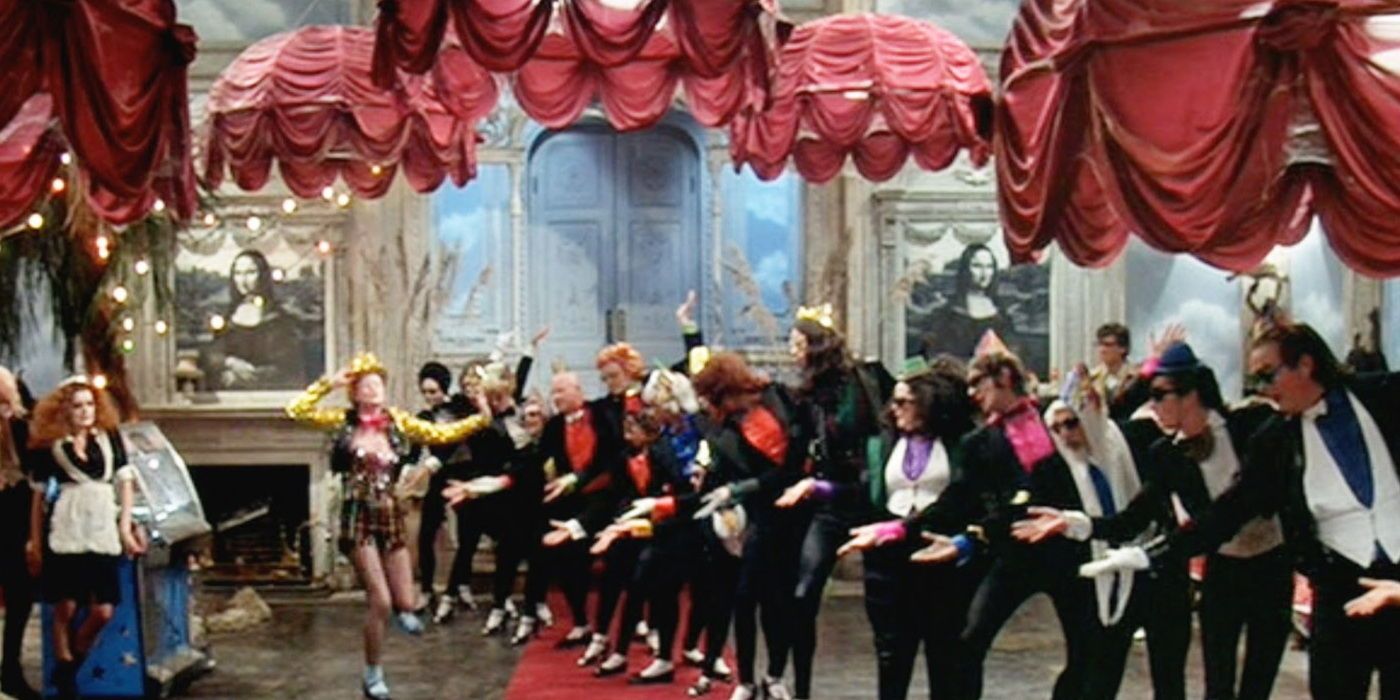
When Richard O'Brien first set out to tell his story, it was a work of theater, as that was his primary area of expertise. Thus, The Rocky Horror Picture Show started out as The Rocky Horror Show-- the "Picture" part was added for the film. O'Brien wrote the play in his spare time, then gathered some of his friends in London to help him make it.
The play premiered at the Royal Court Theatre in London in 1973, and it was an immediate hit, moving to larger venues soon after. The show ran for weeks and weeks and eventually attracted the notice of producers, even Hollywood. This is the origin story for Rocky Horror-- we wouldn't have the film is the London stage show hadn't been so popular.
4 The writer is Riff Raff
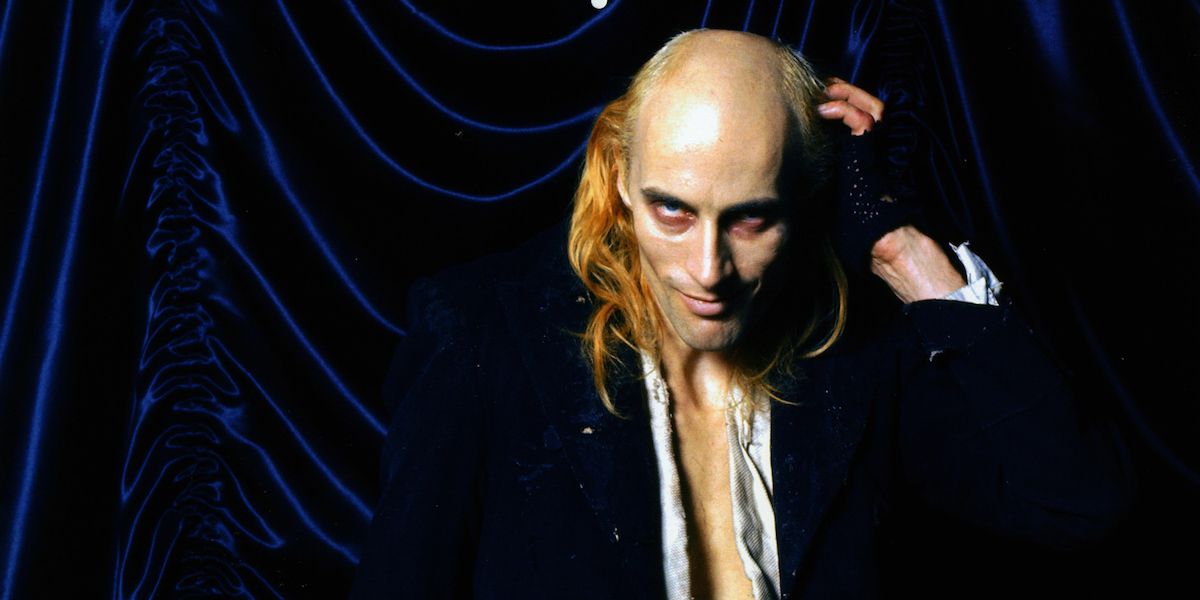
Given its reputation as one of the true classics of cult cinema, viewers today may not know that the original writer-- playwright of the stage show, co-screenwriter of the movie, and Riff Raff in both, Richard O'Brien had never professionally written anything before the script for The Rocky Horror Show and its film adaptation The Rocky Horror Picture Show. That's right, Rocky Horror is a debut work, by a person who never even wanted to be a writer.
O'Brien was living in London as an actor, struggling to make ends meet, and mostly wrote it just to keep himself occupied.
Luckily for him, the project resonated with his artistic friends, and they helped him turn it into the phenomenon it became.
3 O'Brien never thought it would be a big deal
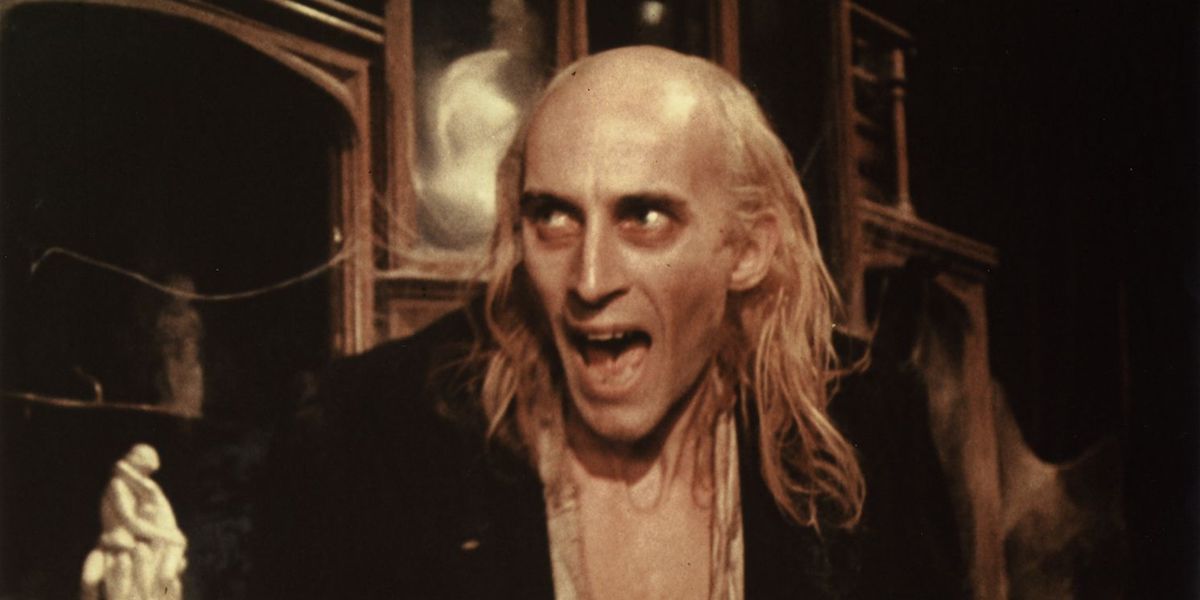
Even when The Rocky Horror Show was making waves on the London theater circuit, it never registered with Richard O'Brien that he might have created a real hit. In an interview, O'Brien recalls when producer Michael White told him he thought this would be something big. "I said, 'Oh, that's nice,' and walked away. It just didn't register."
For a while, it seemed like O'Brien was right to think it wouldn't be a big deal. The film didn't do well commercially when it came out, despite the popularity of the play, and it looked like that would be the end of the Rocky Horror story. But midnight viewers began to flock to the showings known for audience participation, and the film's long-lasting appeal proved to be its greatest strength.
2 The writer thinks it was successful because it's childish
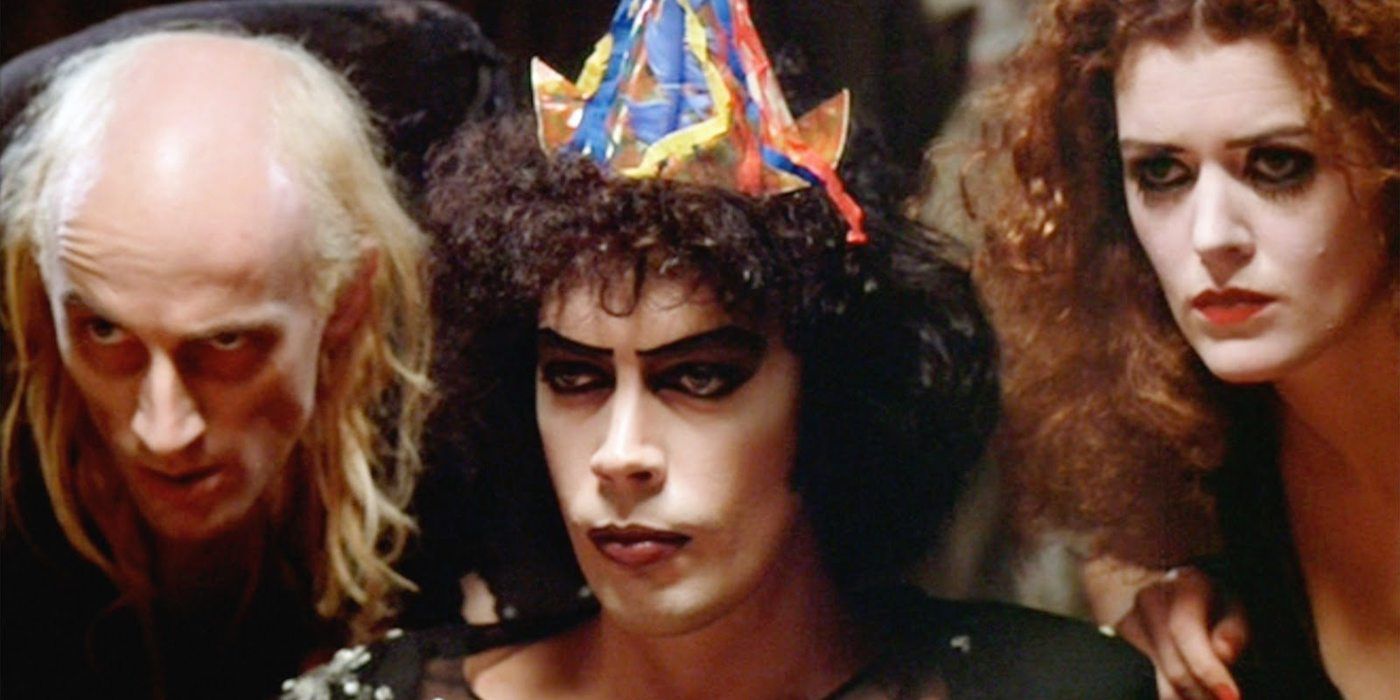
The Rocky Horror Picture Show was originally written by a young actor with no writing experience, who just wanted something fun to occupy his time. Richard O'Brien, the writer in question, thinks that this process lent the show a quality of childlike naïveté, which contributed to its eventual popularity. In an interview, O'Brien said the show's innocence is "very endearing and not threatening." Continuing, he mentioned that every character in the show may appear to be intelligent or "sophisticated, but they're really not."
This quality allows young viewers to identify with the energy of the film, making it appeal to adolescent viewers.
O'Brien think this might be the key behind the social phenomenon that is Rocky Horror.
1 Originally, it started in black and white
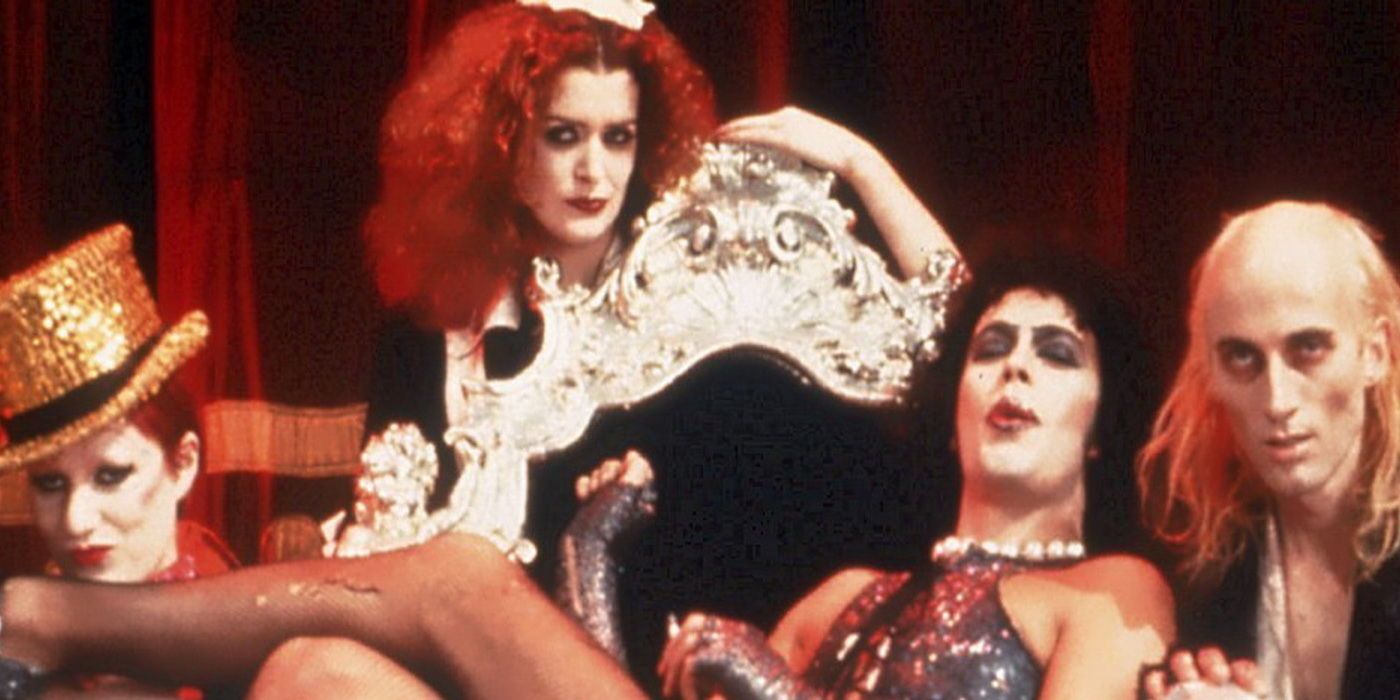
The writing and directing team of Richard O'Brien and Jim Sharman had a lot of grand ideas for the film adaption of Rocky Horror, but not all of them were allowed to come to pass. Chief among these was the plan to film the opening section of the movie in black and white.
The film would have burst into color when Frank N. Furter made his entrance.
Everyone who has seen the movie remembers that scene-- now imagine if it had this added bit of pizzaz, with the first frame of color coming on a shot of Tim Curry's lips. Susan Sarandon lamented that they weren't allowed to make this vision a reality, as studio executives rejected the idea due to budgetary concerns.
---
Do you have any The Rocky Horror Picture Show trivia to share? Let us know in the comments!
from ScreenRant - Feed https://ift.tt/2RB2MM7

0 Comments